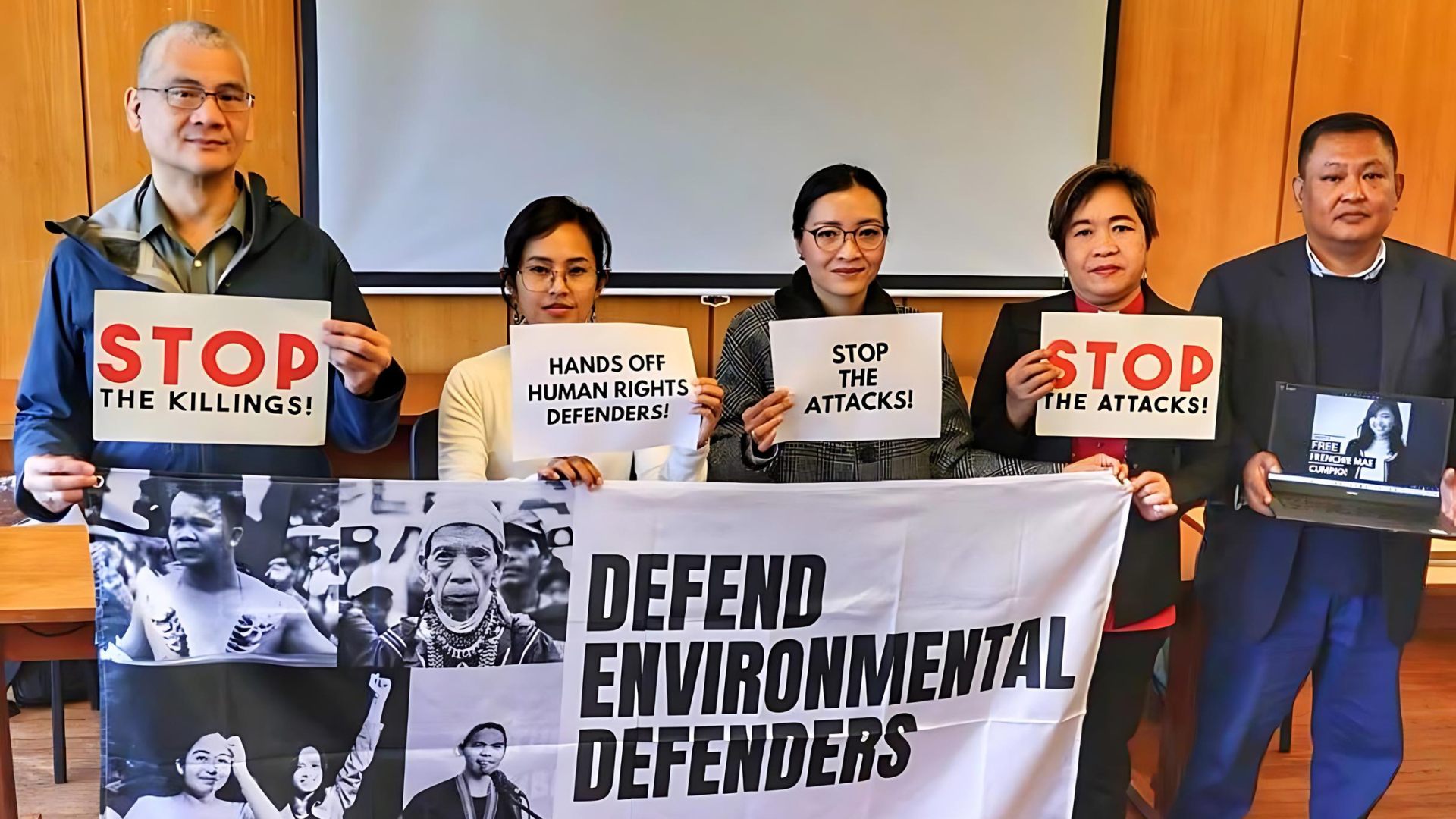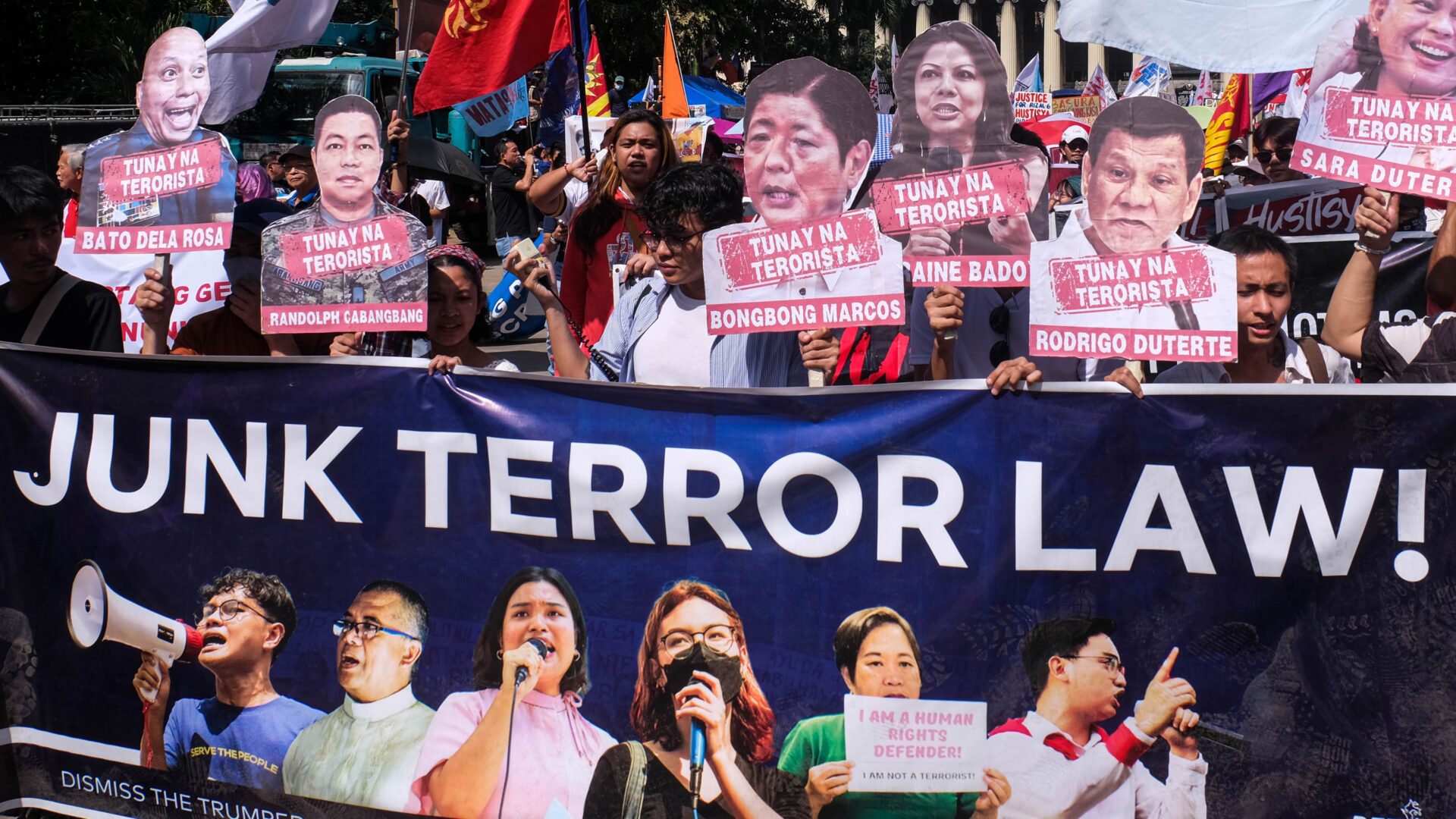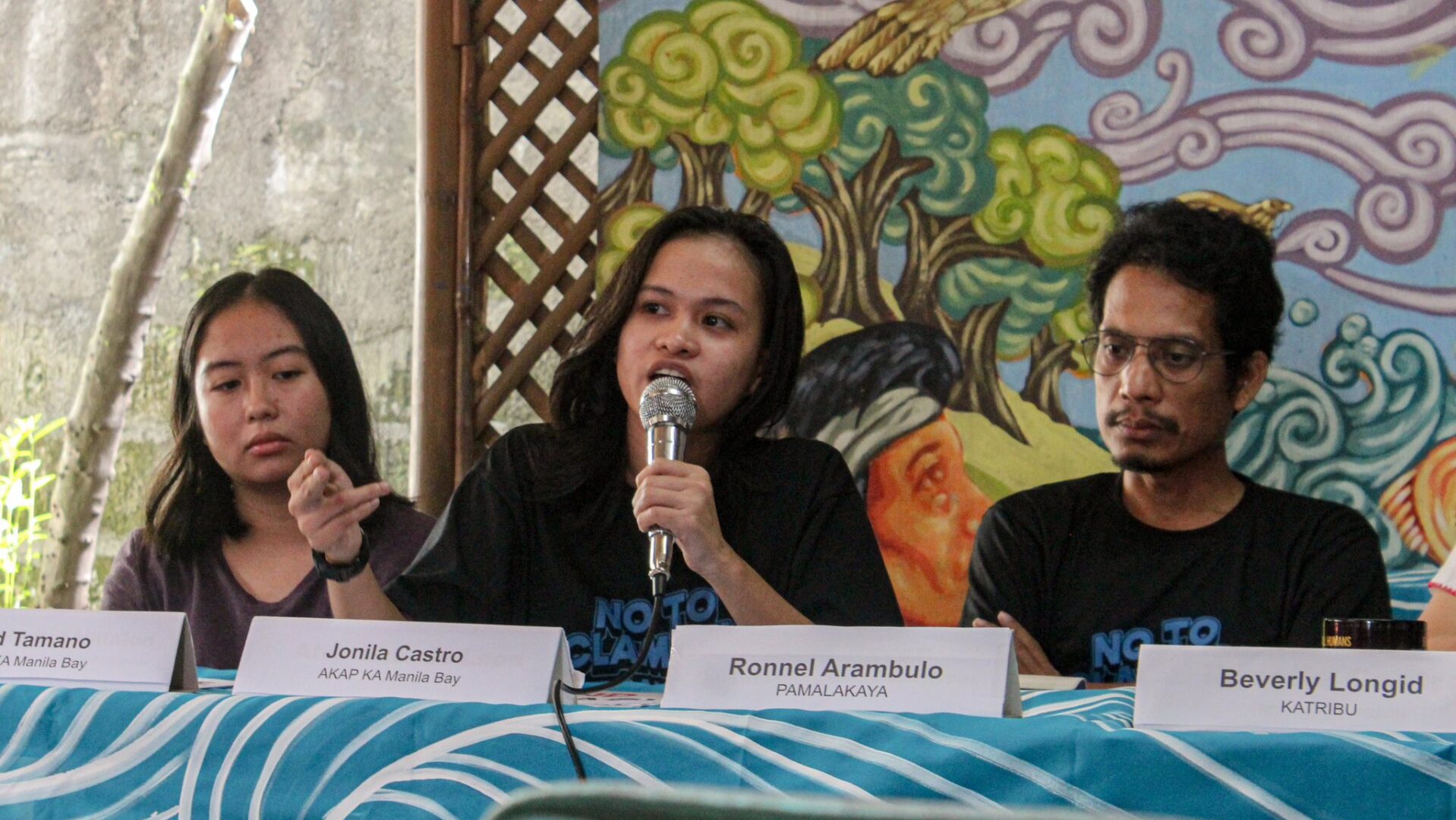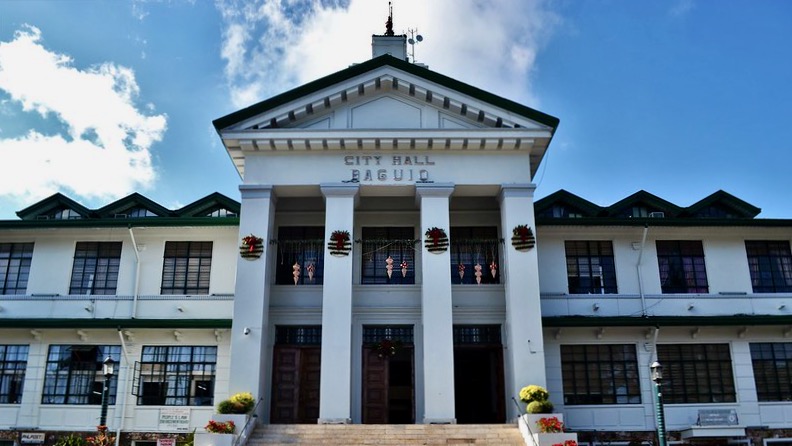Nueva Vizcaya residents slam militarization, abduction of anti-mining activist
Residents of Nueva Vizcaya and indigenous people’s organizations expressed alarm over heavy military presence in their barangays where mining operations exists. They also condemned the alleged abduction of a staunch anti-mining activist in the area. “The people of Nueva Vizcaya have maintained barricade for years to prevent mining operations in their lands, and this resistance […]


Residents of Nueva Vizcaya and indigenous people’s organizations expressed alarm over heavy military presence in their barangays where mining operations exists. They also condemned the alleged abduction of a staunch anti-mining activist in the area.
“The people of Nueva Vizcaya have maintained barricade for years to prevent mining operations in their lands, and this resistance was met by several acts of violence from deployed police and military elements in the area throughout the years. This renewed military deployment in the barricade sites are sowing fear, and are causing rights violations among the residents,” said Piya Macliing-Malayao, spokesperson of Kalipunan ng Katutubong Mamamayan ng Pilipinas (KAMP).
KAMP said that militarization resulted to strings of human rights violations committed by state forces against locals in Nueva Vizcaya, the latest is the abduction of Bryan Epa, 34, by elements of the Philippine National Police (PNP).
The group said that Epa was reported missing after police arrested him last August 21, but has not been seen since.
Police were abductors
Alfonso Shog-oy, a barangay official of Aritao, Nueva Vizcaya, narrated to human rights group Karapatan that he saw six policemen force Epa inside a patrol car in Brgy. Salvacion Dumlao Boulevard, Bayombong, Nueva Vizcaya.
Shog-oy said he overheard soldiers saying that Epa was taken into custody because he looked “suspicious”. Epa resisted arrest and was punched in the stomach by two of the policemen, and then hit in the hand by a baton.
Despite the efforts of Shog-oy and human rights lawyer Fidel Santos to locate Epa in police stations the following day, the anti-mining activist is still missing as of this writing.
Police claimed they released a detained person they previously arrested on the same night, but police records showed that a certain Felix Bacsa was released, not Epa.
“The climate of impunity in the Aquino administration is a breeding ground for grave human rights violations especially of those perceived as ‘enemies of the state,’ including those resisting mining operations,” Malayao said.
Vocal against mining
Many residents of Nueva Vizcaya have been vocal against the entry of mining explorations in the province for years now.
Recently, two mining companies, Royalco Philippines, Inc. and Buena Suerte Mining Co. secured exploration permits from the Bureau of Mines and Geosciences in the province.
According to the residents, the operations of the two companies cover three towns: Kasibu (Brgy. Muta, Pao and Kakiduguen); Dupax del Norte (Binuangan, Giayan and Yabbi); and Nagtipunan (Keat, Giayan and Mataddi) in Quirino province.
Composed mostly of members of Igorot tribes, the residents have been resisting the entry of Royalco Philippines, an Australian-owned mining company, since 2007.
On May 2013, residents put up barricades to prevent the entry of mining equipment, supplies and personnel. Since then, military has been deployed in the area, according to KAMP.
Around 300 soldiers from the 86th Infantry Batallion arrived in Giayan on June 11 and threatened the residents to dismantle the barricades.
Again, on August 19 at around 4 AM, residents of Binuangan allegedly saw armed men numbering about 40 coming from the nearby village of Belance and headed towards Barangay Yabbi, where explorations of Royalco are taking place.
Another 10 armed men introducing themselves as members of the New Peoples Army (NPA) went directly to the barricade in Binuangan.
The armed men interrogated the people in the barricade, and stayed overnight. This despite the residents’ appeals for the armed men to leave, insisting that guns and ammunition were not allowed in the barricade site.
The Alliance of Upland Barangays for Sustainable Development (AUBD), a local organization, asserted the said armed men were not actual NPA members, but rather members of the Philippine Army and the Civilian Armed Forces Geographical Unit (Cafgu) posing as rebels.
Civilian facilities used by soldiers
The group also accused the military of using civilian facilities as military base.
In Kinabuan, Dupax Del Sur last March 2013 a rural health clinic was used as military barracks, and in May, the military set up camp in the village hall in Mataddi, Quirino, while members of the 3rd IB are encamped near the public school of Ganao, Dupax Del Sur.
“In Belance, Dupax Del Norte, the military and Cafgu barracks are located at the center of the village, where most of the houses are found,” the group stated.
Last June, the Royalco filed a temporary restraining order (TRO) against ten leaders of the barricades who led at least four barricades in two municipalities.
But KAMP describe the TRO as a SLAPP suit (Strategic Lawsuits against Public Participation) intended to intimidate and silence the resitance of the indigenous people.




